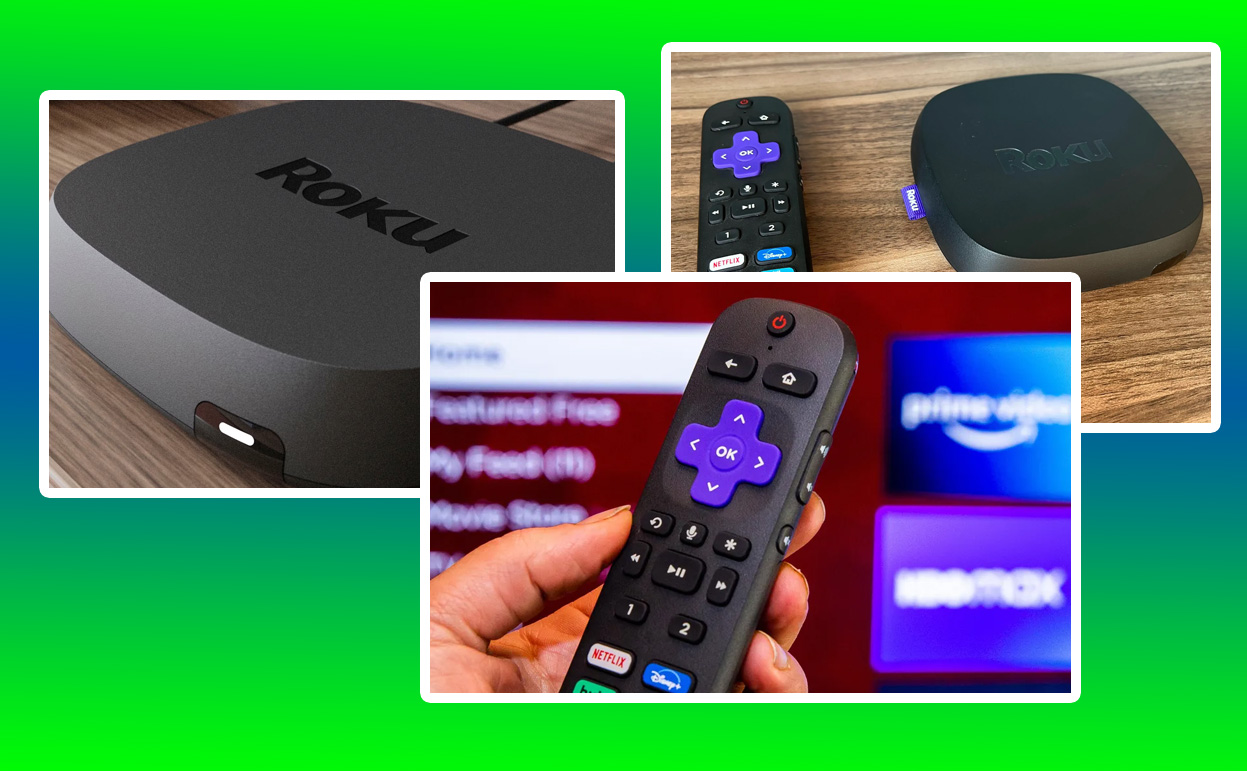The dreaded “Not Enough Memory” error on a Roku device can be a frustrating roadblock for any streaming enthusiast. While Roku devices are designed to offer seamless entertainment, their limited storage can sometimes fall short, leading to performance issues, failed app installations, or playback errors.

Understanding how to manage and free up memory on your Roku is crucial to keeping your device running smoothly. This article will explore the causes of this issue and provide comprehensive, detailed steps to resolve it, ensuring you can get back to enjoying your favorite content.
Why Does Roku Run Out of Memory?
Roku devices have built-in storage primarily intended for system operations and caching streaming data. However, as you add channels and applications, the storage can fill up quickly. This is especially true for devices with more basic specifications or for users who regularly download multiple apps and games. Memory shortages can also occur when system updates or cached files from apps consume the available space.
Over time, the accumulation of cached data from frequent use can eat into the device’s memory. Streaming apps like Netflix, YouTube, and Hulu often store temporary files to enhance performance, but this can backfire when the space runs low. Moreover, older Roku models with smaller internal storage are more susceptible to this issue, as they lack the capacity to handle an extensive app library.
Storage limitations can also impact app performance, sometimes causing frequent crashes or sluggishness.
Signs of Low Memory on Roku
When your Roku is low on memory, you might notice several signs, such as:
- Frequent buffering or playback interruptions.
- Sluggish navigation through the Roku interface.
- Error messages indicating insufficient memory when trying to open or install apps.
- Apps crashing or failing to load altogether.
- Difficulty installing new apps due to limited available space.
Identifying these symptoms early can help you take proactive measures before the problem worsens. It’s important to understand how these issues manifest and the ways in which they can disrupt your viewing experience.
Freeing Up Space on Your Roku
1. Uninstall Unused Channels and Apps:
The simplest way to reclaim memory on your Roku is to uninstall channels or apps you no longer use. Start by navigating to the Roku home screen and selecting the app you want to remove. Press the “*” button on your remote to access the options menu, then choose “Remove channel.” This will delete the app and its associated cached data, freeing up space.
If you’re unsure which apps to remove, consider prioritizing larger streaming platforms you rarely use. Channels like gaming apps or those with high data consumption are excellent candidates for removal. Regularly auditing your app library can prevent future memory constraints.
2. Clear the Cache:
Roku devices don’t offer a direct option to clear the cache, but you can perform a system restart to achieve a similar effect. Follow these steps:
- Press the Home button five times on your remote.
- Press the Up button once.
- Press the Rewind button twice, followed by the Fast Forward button twice.
Your Roku will restart, and cached data will be cleared during the process. This can help resolve performance issues caused by accumulated temporary files. Clearing the cache periodically ensures that your device stays responsive and avoids unnecessary slowdowns.
3. Perform a Factory Reset:
If your Roku continues to experience memory issues despite clearing apps and restarting, a factory reset might be necessary. This will erase all data, including downloaded channels and custom settings, effectively restoring the device to its original state. Here’s how:
- Navigate to the Roku settings menu.
- Select “System” and then “Advanced system settings.”
- Choose “Factory reset” and follow the on-screen instructions.
After the reset, you’ll need to set up your Roku device again, but this method is guaranteed to free up all available memory. While time-consuming, it’s an effective way to eliminate persistent problems.
4. Disable Auto-Updates for Apps You Rarely Use
For users who frequently face low memory issues, consider disabling auto-updates for apps you rarely use. This will prevent these apps from downloading updates that occupy storage unnecessarily. You can also manage storage by regularly checking the “System” section in the settings menu to monitor available memory and take action before space becomes critically low.
5. Use External Storage for Added Memory
Some Roku devices, such as the Roku Ultra, support external storage through a USB port or microSD slot. Adding an external drive can significantly expand your device’s memory capacity, allowing you to download more channels and store additional data. To use this feature:
- Connect a USB drive or insert a microSD card into your Roku device.
- Follow the on-screen prompts to format the storage for use with Roku.
Keep in mind that this additional storage is typically used for app data and not for storing downloaded content from streaming services. A high-quality storage device can enhance performance, particularly for users with extensive channel libraries.
Maintaining Your Roku Device
Regular maintenance can help prevent memory issues and ensure your Roku operates efficiently. Consider the following practices:
- Periodically remove unused apps to avoid unnecessary storage consumption.
- Restart your device weekly to clear temporary files and refresh its performance.
- Check for system updates and install them promptly to benefit from performance improvements and bug fixes.
It’s also helpful to keep your device in a well-ventilated space to prevent overheating, which can contribute to performance issues. Ensure that the power source and cables are reliable to avoid potential disruptions.
Comparing Roku Models by Memory Capacity
| Model | Internal Storage | Expandable Storage | Best For |
|---|---|---|---|
| Roku Express | Limited | No | Basic streaming needs |
| Roku Streaming Stick 4K | Moderate | No | 4K streaming on a budget |
| Roku Ultra | High | USB and microSD | Power users and gamers |
| Roku Streambar | Moderate | No | All-in-one sound and streaming |
When to Upgrade Your Roku
If you find that memory issues persist despite all efforts, it may be time to consider upgrading to a newer Roku model with greater storage capacity and enhanced performance.
Modern Roku devices are better equipped to handle demanding apps and large libraries, ensuring a smoother streaming experience. An upgraded device can also introduce advanced features, such as faster processors, improved Wi-Fi connectivity, and support for higher-resolution content.
Conclusion
Running out of memory on your Roku doesn’t have to spell the end of your streaming enjoyment. By understanding the causes of this issue and implementing the strategies outlined above, you can optimize your device’s performance and reclaim valuable storage space.
Whether it’s by uninstalling unused apps, clearing caches, or utilizing external storage, there are plenty of options to keep your Roku running like new. And if all else fails, upgrading to a more advanced model can provide the storage and performance boost you need to keep streaming without interruption.
By maintaining a well-organized and clutter-free Roku device, you’ll enjoy smoother navigation, uninterrupted streaming, and a more enjoyable overall experience. Don’t let memory constraints hold you back from exploring the vast world of streaming entertainment!
Also Check:
- This Roku Remote Is Rechargeable, Saving You from Constant Battery Swaps
- Best Roku Alternatives for 2025 (Tested and Review): Streaming Performance, Device Integration, Content Selection,…
- How the Roku Remote’s Mute Button Makes It Perfect for Live TV
- Roku Remote Pairing Button: How to Easily Pair Your Roku Remote
- Roku Low Power Fix: How to Fix Low Power Alerts (Don’t Let Low Power…
